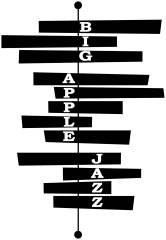New York City, NY
Oct 16th, 2025
From Lindy Hop to Big Band: The Jazz Legacy of the Savoy Ballroom
From Lindy Hop to Big Band: The Jazz Legacy of the Savoy Ballroom
The Savoy Ballroom was more than just another dance hall. It was a cultural hub where the Lindy Hop style of dance and big band jazz collided, shaping the very fabric of jazz history.
Legendary musicians, dancers, and composers passed through its doors, creating a legacy that still resonates today. The Savoy wasn’t just a venue; it was a stage for creative innovation that defined the golden age of jazz, the “Jazz Age,” between 1920 and the early 1930s.
Today, you can find many other great jazz clubs in NYC and the best way to explore these at your own pace is through a private jazz tour.
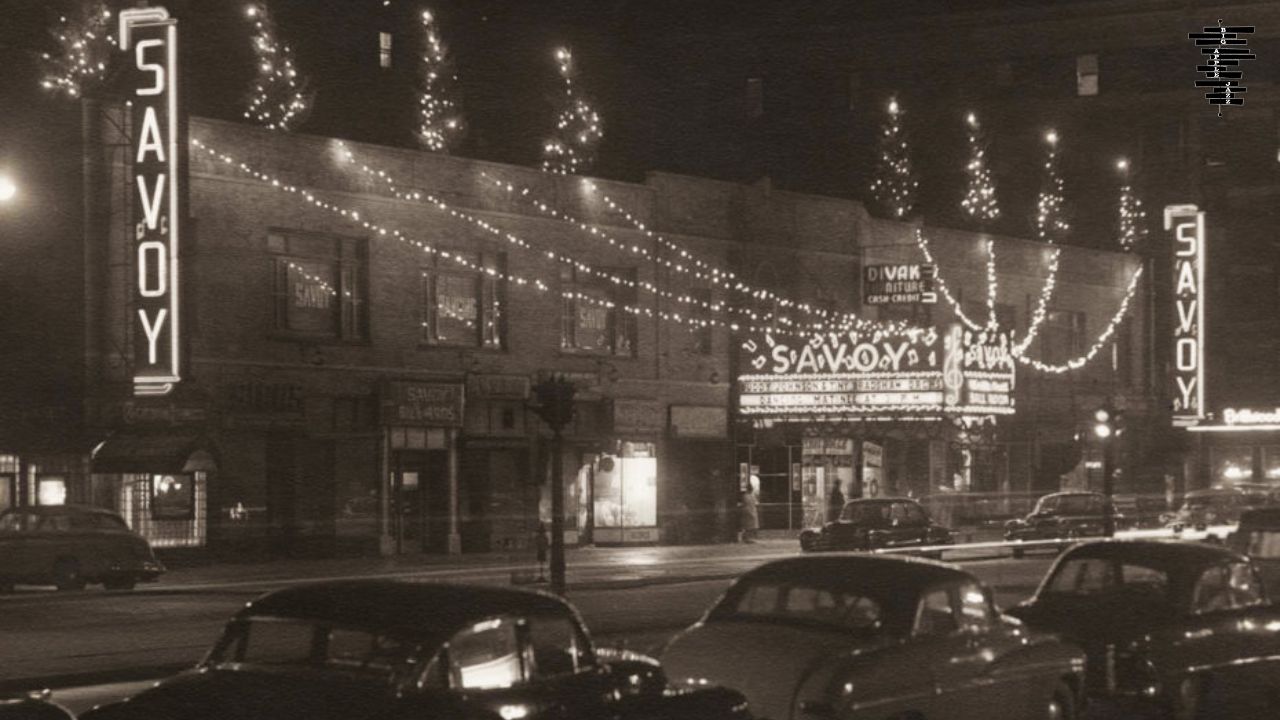
The Birth of the Savoy Ballroom
The Savoy Ballroom in Harlem opened its doors in 1926, quickly becoming one of the most famous nightclubs in New York City. Until it closed in 1958, it was very popular.
Its large, sprung dance floor was the perfect stage for the energetic and acrobatic Lindy Hop dance, a style that would soon become synonymous with the Savoy.
- The ballroom’s open, inviting atmosphere attracted both Black and white audiences, setting it apart from many other venues of its time.
- The Lindy Hop style made its debut at the Savoy, captivating dancers and musicians alike.
- The club hosted some of the biggest names in jazz, making it the heartbeat of Harlem’s music scene.
The Savoy was more than just a place to dance; it was where music, culture, and history came alive.
Battle of the Bands
The Battle of the Bands was a key feature of the Savoy Ballroom’s history. These musical showdowns featured rival bands competing for the audience’s attention, creating an electric atmosphere that brought out the best in the performers.
- Count Basie’s orchestra clashed with Benny Goodman’s band, each bringing their own flavor to the stage.
- The competitive spirit of these battles pushed musicians to innovate and refine their craft.
- The performances weren’t just about the music. The crowd, including the dancers, fed off the energy, creating a feedback loop of excitement and creativity.
These battles became a defining feature of the place, cementing its place in jazz history.
Count Basie: The King of Swing
Count Basie was one of the most influential figures in jazz. His orchestra was a regular at the Savoy Ballroom, where his minimalist style and smooth rhythms helped define the sound of swing.
- Basie’s ability to build suspense with simple, yet powerful, arrangements set him apart from his peers.
- His band’s count-off style, where the musicians would signal the beginning of a song, became iconic.
- Count Basie’s mastery of rhythm and timing made his performances at the Savoy unforgettable.
Basie’s band was an essential part of the band battles at the Savoy, playing alongside other legendary groups in a dynamic exchange of musical ideas.
Chick Webb: The Drummer Who Shook Harlem
Chick Webb was another cornerstone of the Savoy’s musical legacy. His big band became famous for its tight rhythms and innovative drumming. Known for his ability to drive a crowd into a frenzy, Webb was a key figure in the Battle of the Bands.
- Webb’s band was known for its energetic rhythm section, which perfectly complemented the Lindy Hop style.
- His legendary drummer chops made him a respected figure in the jazz world.
- Webb’s collaboration with Ella Fitzgerald, one of the greatest vocalists of all time, helped catapult both to international fame.
Chick Webb’s influence at the Savoy was monumental. His band’s sound became an essential part of the Lindy Hop culture, thrilling audiences with every performance.
Benny Goodman: The King of Swing on the Savoy Stage
Benny Goodman, often referred to as the “King of Swing,” brought a new energy to the Savoy Ballroom. His band, a mix of jazz and classical influences, revolutionized the way audiences experienced music in the 1930s.
- Goodman’s smooth, orchestrated style contrasted with Basie’s more spontaneous sound, adding depth to band battles.
- His integration of white and Black musicians in his band was groundbreaking for its time.
- Benny Goodman’s performances at the Savoy set the stage for a more inclusive future in jazz, blending various musical styles and backgrounds.
Goodman’s influence at the Savoy helped bridge the gap between different musical traditions and cultures, enriching the Lindy Hop culture that thrived within the ballroom.
Jimmie Lunceford: The Band That Could Swing
Jimmie Lunceford was one of the most respected names in jazz, known for his ability to blend sophistication and swing. His orchestra performed regularly at the Savoy, competing fiercely in the Battle of the Bands.
- Lunceford’s band was known for its tight, precise rhythms and flashy arrangements.
- His band’s ability to swing while maintaining musical complexity made them a standout in the competitive environment of the Savoy.
- Lunceford’s leadership pushed his musicians to create a sound that was both smooth and exciting, perfect for the Lindy Hop style of dance.
Jimmie Lunceford’s influence at the Savoy was undeniable, as his music perfectly matched the energy of the ballroom’s dancers.
Whitey’s Lindy Hoppers: The Dancers Who Defined an Era
No discussion of the Savoy would be complete without mentioning Whitey’s Lindy Hoppers. This dance troupe was instrumental in popularizing the Lindy Hop style both at the Savoy and around the world.
- Whitey’s Lindy Hoppers brought acrobatic flair and precise footwork to the dance floor, thrilling audiences with their energetic routines.
- The group performed alongside the greatest jazz musicians, syncing perfectly with the rhythms.
- Their performances were more than just dances—they were high-energy spectacles that left a lasting impression on the Savoy’s legacy.
Whitey’s Lindy Hoppers became symbols of the dance style, with their performances immortalized in films and photographs.
Norma Miller: The Queen of Swing
Norma Miller was a true icon of the Lindy Hop dance and a member of Whitey’s Lindy Hoppers. Her contributions to the dance form were immense, and her long life allowed her to witness the evolution of jazz and dance firsthand.
- Miller was known for her incredible footwork and ability to connect with the music in a way few dancers could.
- Her style helped shape the Lindy Hop style and the overall culture of jazz dancing.
- She lived a long and influential life, becoming one of the last remaining dancers from the golden age of swing.
Norma Miller’s dedication to the Lindy Hop and her role in Whitey’s Lindy Hoppers solidified her place as a legend in Savoy’s history.
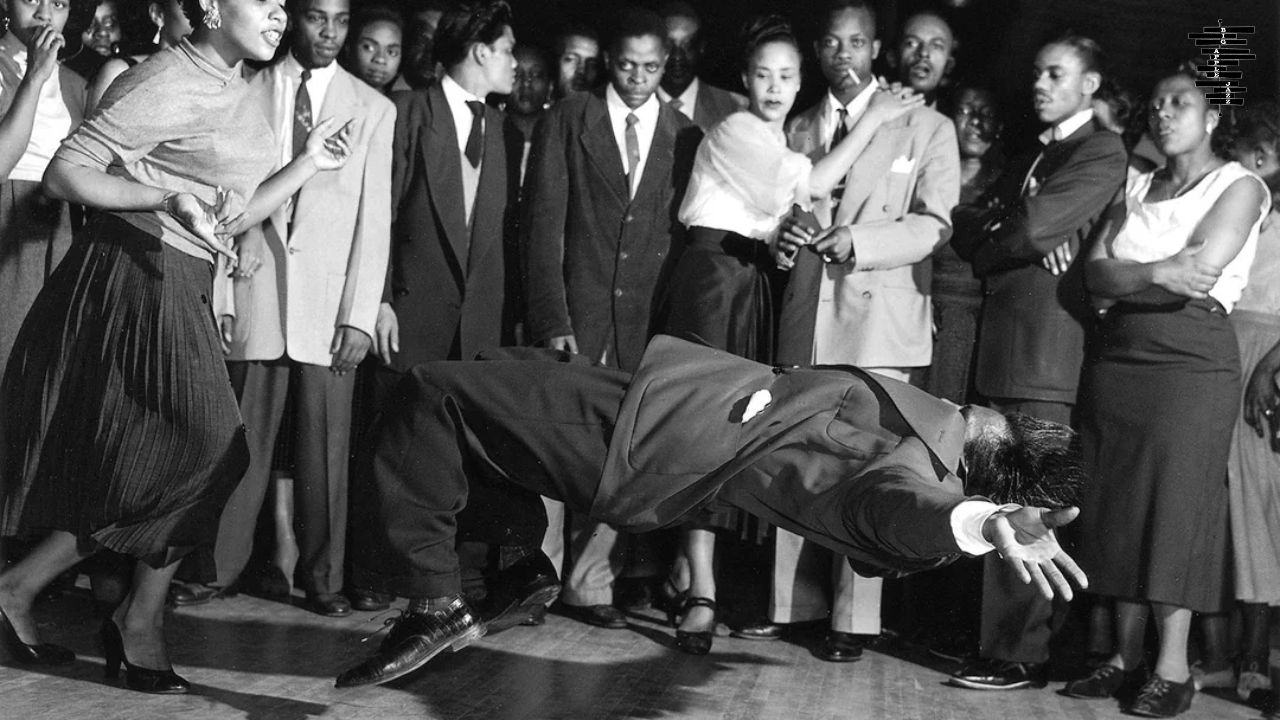
Image credits: Reddit/BlackHistoryPhotos
The Enduring Legacy of the Savoy Ballroom
Though the Savoy Ballroom closed its doors in the late 1950s, its impact on jazz and dance endures. The ballroom was not just a place to hear music; it was a space where innovation and culture collided, forever changing the landscape of jazz.
- The Battle of the Bands at the Savoy helped propel jazz into the mainstream.
- The Lindy Hop style became a cultural symbol of freedom, energy, and creativity.
- The Savoy’s commitment to blending Black and white musicians and dancers set a precedent for future generations of performers.
Today, Savoy remains an iconic symbol of jazz culture. The music and dances that filled its floor continue to inspire artists and dancers worldwide.
Final Thoughts
The Savoy Ballroom was more than just a place; it was a cultural force. The Lindy Hop dance, the Big Band Battles, and the music of legends like Count Basie, Chick Webb, Benny Goodman, and Jimmie Lunceford all came together to create a legacy that has lasted for generations.
Savoy’s influence on jazz and dance continues to inspire new artists and dancers. Its spirit lives on in the rhythm of modern swing and the joy of the Lindy Hop style of dance.
Explore the best of the jazz scene in NYC in 2025 by booking a jazz tour through NYC’s top jazz tour operator, Big Apple Jazz.
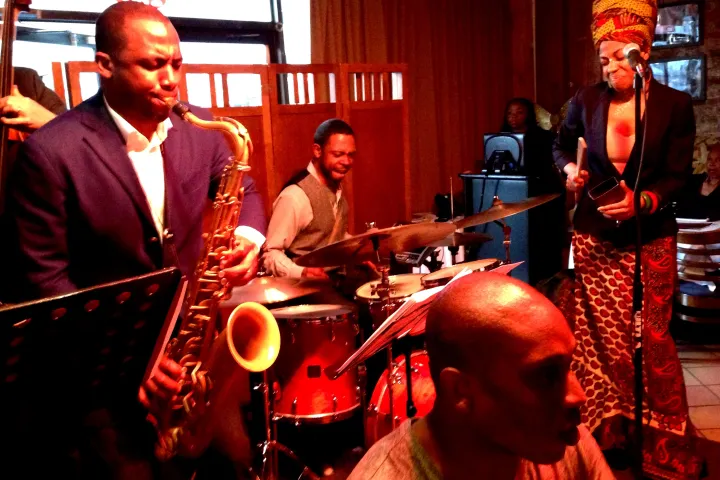
Harlem Juke Joint Tour
Your Harlem jazz tour guide customizes the best itinerary for each given night, based on the most talented players in Harlem’s most exciting jazz clubs.
185 Reviews

Harlem Juke Joint Tour
Your Harlem jazz tour guide customizes the best itinerary for each given night, based on the most talented players in Harlem’s most exciting jazz clubs.
185 Reviews
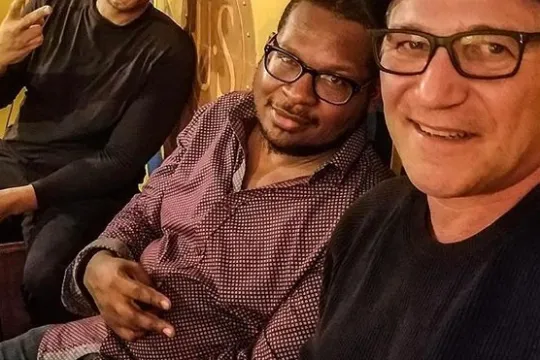
Private Tour
We’ll design your private jazz tour based on your tastes and our extensive knowledge of musicians, clubs and speakeasies throughout the city. We know what is happening nightly on and off-the-beaten-path.
185 Reviews

Private Tour
We’ll design your private jazz tour based on your tastes and our extensive knowledge of musicians, clubs and speakeasies throughout the city. We know what is happening nightly on and off-the-beaten-path.
185 Reviews
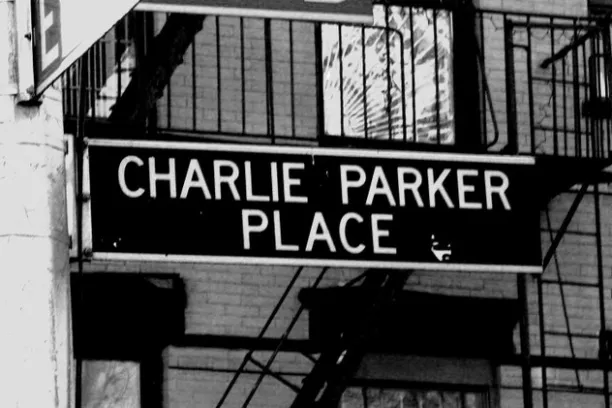
Greenwich Village Jazz Crawl
Intimate Greenwich Village Jazz Tour to discover and explore two hidden jazz haunts and the sites where Billie Holiday, Charlie Parker, and Bob Dylan made history.
185 Reviews

Greenwich Village Jazz Crawl
Intimate Greenwich Village Jazz Tour to discover and explore two hidden jazz haunts and the sites where Billie Holiday, Charlie Parker, and Bob Dylan made history.
185 Reviews
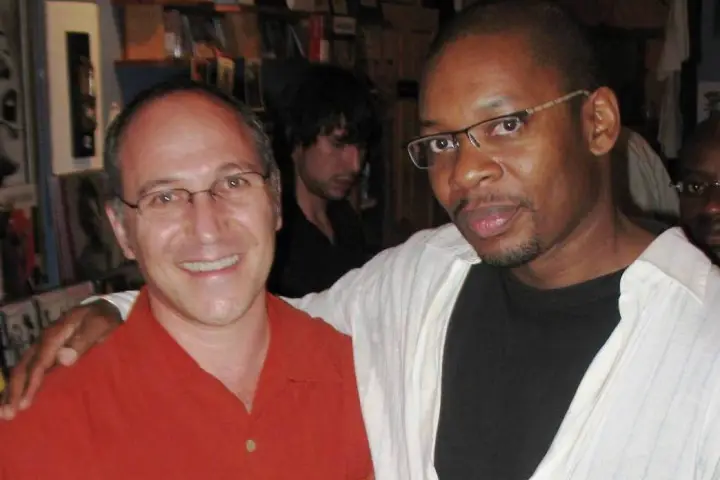
Legends of Jazz Tour
This is our premium tour! It features jazz’s international superstars, and also rising stars who deserve wider recognition.
185 Reviews

Legends of Jazz Tour
This is our premium tour! It features jazz’s international superstars, and also rising stars who deserve wider recognition.
185 Reviews

Gordon Polatnick
Gordon is the founder of Big Apple Jazz Tours. What started as a personal challenge to discover and document all of New York’s hundreds of jazz joints and to establish Harlem’s first jazz day club, has now blossomed…
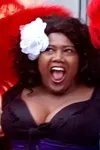
Amanda Humes
There’s no one in New York City like Amanda! Equal parts sass, smarts, and customer service – Amanda is the Harlem resident, Columbia University graduate, and…
